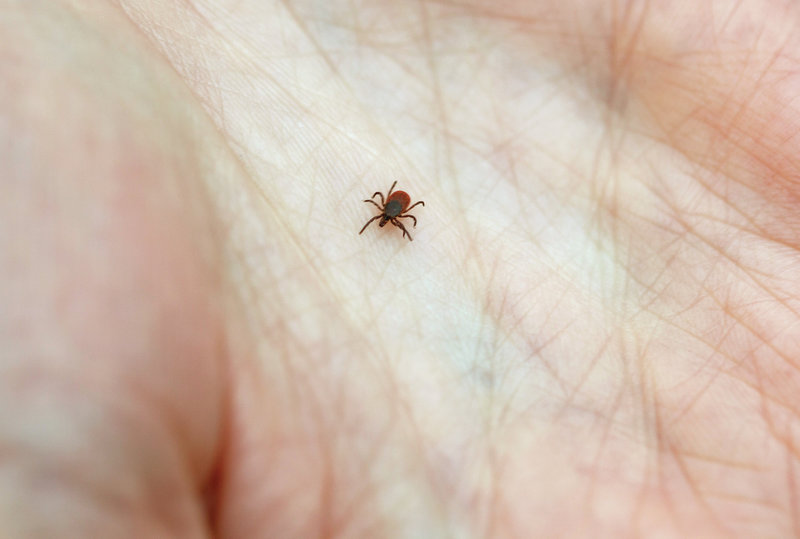3 MYTHS YOUR DOCTOR PROBABLY STILL BELIEVES: THE TRUTH ABOUT SALT, CHOLESTEROL, AND SATURATED FAT
Eliminate salt. Cut the fat. Stop eating cholesterol. By the time people start hitting their late 30s and early 40s, chances are their doctors have told them that it’s time to do one (or all) of the above.
But while the family internist or primary care doc certainly means well, the dump-this, cut-that approach to salt, fat, and cholesterol is an outdated prescription based on medical myths that need to be busted once and for all. Here’s why:
MYTH #1: CHOLESTEROL IS BAD FOR YOU.
THE REALITY: YOUR BRAIN—AND THE REST OF YOU—NEEDS IT.
For decades, doctors warned patients, especially those at risk for heart problems, to lay off foods that were high in cholesterol, most notably egg yolks and shellfish. Well, this thinking is so outdated that even the government this year took dietary cholesterol off the no-fly list. Turns out, cholesterol in your food doesn’t significantly raise the levels of cholesterol in your blood, which is what the doctors were worried about in the first place. (And eggs and non-farmed shellfish are a great source of disease-fighting vitamins and minerals.) But more fundamentally, doctors not wedded to the old orthodoxy have come to realize that high cholesterol levels were never the public health threat they were made out to be and that the mania for lowering those levels was misguided. The research shows that most people having a first heart attack have normal cholesterol levels. Thirty years’ worth of Framingham Heart Study data shows that in most age groups, high cholesterol wasn’t associated with more deaths.
The old thinking went this way: Cholesterol gets into your arteries, it builds up there as plaque, and then it’s a hop-skip to heart disease, heart attack, and stroke. This picture is based largely on an influential but flawed 1960s study that concluded that men who ate a lot of meat and dairy had high levels of cholesterol and heart disease. Hence, the prevailing wisdom of the last 40+ years: Lay off saturated fats, and your cholesterol levels and heart disease risk will drop. In practice, this gave rise to the creation of low-fat/no-fat Frankenfoods (SnackWells, anyone?) that traded fats for far more damaging sugar—and launched the cholesterol-lowering drug business bonanza. Instead of making people healthier, we’ve wound up with an obesity and diabetes epidemic that’s helping drive up rates of heart disease. This skewed view has affected what we eat, what we worry about, and what drugs we take, and it’s still the central preoccupation of mainstream preventive medicine. But in fact, your body needs cholesterol to do things like support brain and nerve function, build up cell walls, make key hormones, and synthesize vitamin D. Drugging the numbers down usually makes for lousy medicine and a laundry list of potentially dangerous side effects. Muscles achy? Feeling spaced out? Worried about memory slips? It may be connected to your valiant efforts to cut cholesterol with statin drugs. Just sayin’.
MYTH #2: DON’T EAT SALT. EVER.
THE REALITY: THE RIGHT SALT IS PACKED WITH ESSENTIAL MINERALS.
Salt. Some call it the devil, but in fact, it’s actually a necessity—without it, the heart, muscles, and brain simply cannot function. For most of us, even for those with hypertension, salt isn’t necessarily the enemy, but the type of salt you may be getting is. For example, refined table salt is a poor choice because by the time it hits your plate, its valuable trace minerals have been bleached out and processed into sodium chloride, a chemical that’s best left outside your body. The healthier choice? There are two of them. First, eliminate all processed foods that are loaded with refined salt (not to mention a ton of other cheap, health-sapping ingredients). Next, when food needs a little flavor, try a light sprinkle of unrefined sea salt. Sea salt also contains over 80 essential minerals to enable your body to function optimally, and it supplies you with a proper balance of sodium and chloride. And what’s even a bit better than sea salt? Himalayan crystal salt, which comes from deep inside the earth and is generally regarded as the purest grade salt on earth; it’s free of impurities and pollutants, which gives it an edge over sea salt. Not surprisingly, Himalayan salt will be pricier than your usual table salt, so use it sparingly, like the precious treat it is. A little goes a long way!
MYTH #3: DON’T TOUCH SATURATED FAT.
THE REALITY: IT’S THE SOURCE THAT MATTERS.
Fat is back! Good fats, that is. The well-deserved decline of “low-fat” Frankenfoods has put butter back on the table, and this time, we know it’s actually good for you. While it was wrongly demonized for its high saturated-fat content, newer research tells us that butter—that is, raw, organic, grass-fed butter—offers numerous body benefits, so no need to be scared to death of the stuff anymore. If you want to fight the real enemies, it’s sugar and processed foods. Recent studies have found that reduced saturated fat intake doesn’t appear to significantly reduce heart disease risk, and it may have the opposite effect, due to the processed fillers and sugar that food manufacturers put in low-fat products to make up for the tasty fat they removed. (We now know that sugar is more likely to increase the amount of small, dense LDL particles, which do contribute to heart disease risk, as opposed to the relatively benign large, fluffy particles that saturated fat promotes.) So, we can show the sat-fat-is-the-enemy message the door—and start putting some saturated fat back into your diet. Not with cookies, pies, and baked goods, but with good saturated fats—like the kind you find in coconut oil and grass-fed butter, made from the milk of grass-fed ruminants, such as cows, sheep, and goats. Butter produced from pastured or grass-fed animals—the ones that feast on leafy greens every day—will be higher in those health-protecting omega-3 fatty acids than butter from factory-farmed animals raised on cheap, nutrient-free GMO grains and antibiotics…so buy for quality, not quantity.
Source: bewell.com
“3 MYTHS YOUR DOCTOR PROBABLY STILL BELIEVES: THE TRUTH ABOUT SALT, CHOLESTEROL, AND SATURATED FAT” by:Dr. Frank Lipman


